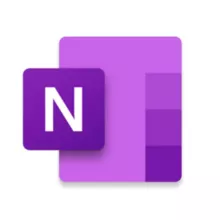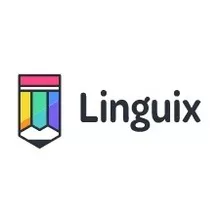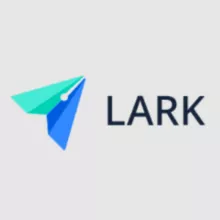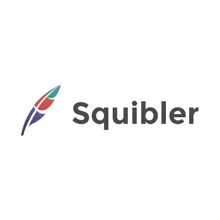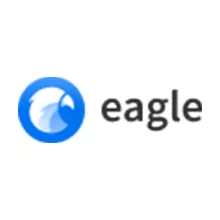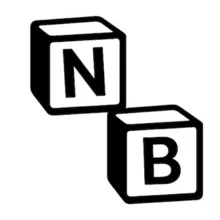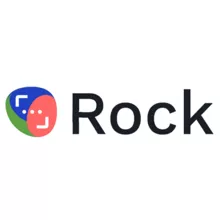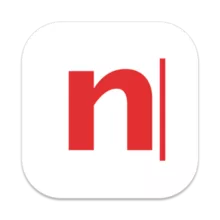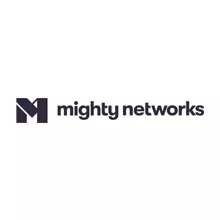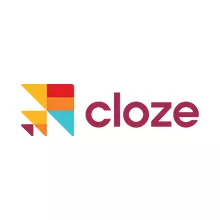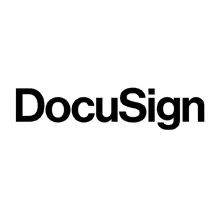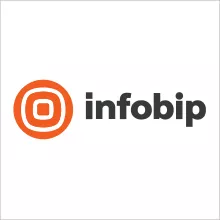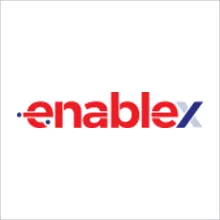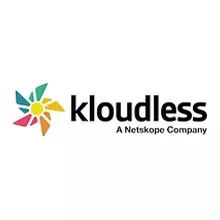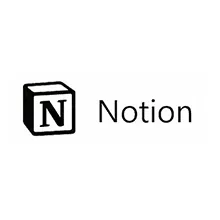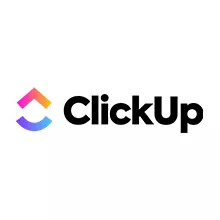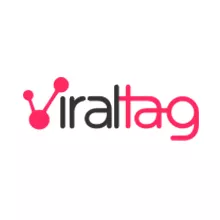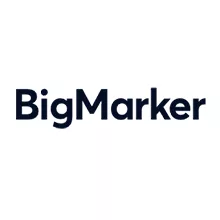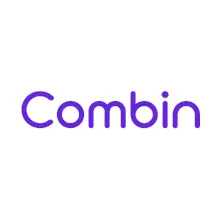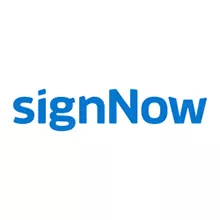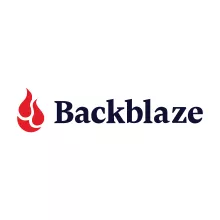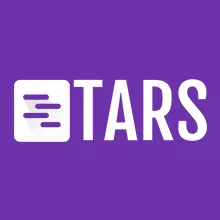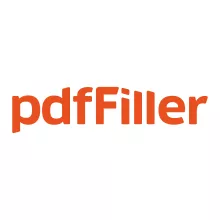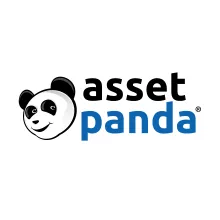Note taking cross functional application
What are digital assets and what does it mean to manage them?
According to Venngage, nearly 74% of marketers use digital assets in over 70% of their content. And the chances are that these numbers will only increase in the coming years. But what does digital assets mean? Isn't it just a digital file that can be shared with anyone?
Well, the answer to that question is much more nuanced. And to understand what digital asset management is, it is important to understand the definition of digital assets. A digital asset is any digital material owned by an enterprise, institution, or individual. This can be in the form of images, text, audio or video. Even though only images and videos were considered digital assets for the longest period, with the evolution in technology even presentations, slideshows and documents have been fit in this category. Three elements that make up a digital asset-
- The digital file should be owned by an individual/ enterprise
- It should provide value to the individual/ enterprise
- The digital file should be searchable and findable, with the use of a metadata
If a digital file meets all these three criteria, only then is it considered to be a digital asset.
Hence, digital asset management refers to managing the huge catalogue of digital data that a company owns. It uses computer applications to keep track and manage digital assets. It also ensures that the company can use these files and make changes to them. You can learn more about digital asset management at IBM’s blog.
Benefits of using a digital asset management (DAM) software
There are a ton of benefits of using a DAM for business enterprises. Here are just a few-
- Advanced search : DAM makes it easier to navigate through the plethora of files, as it makes use of more filters
- Enhanced security : DAM systems ensure that files are protected, even the open source ones. Not just that, they also ensure safe and secure transfer of all files by encrypting them
- Savings : You can cut down on a lot of resources, and time simply by making use of such software.
- Easier to maintain brand image : Given that almost all DAM channels centralize the data, the data stays consistent and up-to-date on nearly all the company’s platforms.

